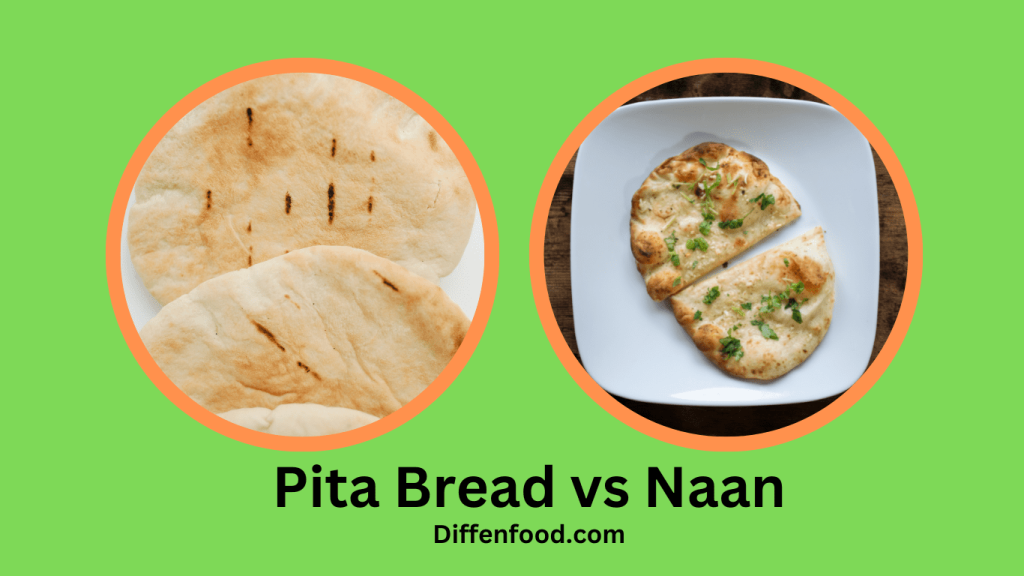
Stews and soups often top the list for providing comforting, warm meals. They share similarities, but it’s important to distinguish between them. Knowing the difference between stew and soup can help you decide which one to make or simply increase your appreciation for these classic meals.
Stew Vs Soup:Understand what they are
First, before we delve into the differences between stews and soups, let’s get to know them.
Stew is a filling and savory dish that you need to cook slowly. It contains big chunks of meat, vegetables, and occasionally grains. The ingredients are gently simmered in liquid until they become tender and packed with flavor.
Soup is a thinner and more liquid dish that usually consists of bite-sized pieces of ingredients such as meat, vegetables, or legumes. People commonly serve soups as a starter or side dish.
Differences Between Stew and Soup

These differences stem from variations in ingredients, cooking methods, and cultural traditions. In this article, we will explore the differences between stews and soups in detail.
Ingredients
Stews frequently consist of larger meat and vegetable pieces, and sometimes grains, while soups usually incorporate smaller, bite-sized ingredients.
Stews usually require longer cooking times to tenderize tougher cuts of meat. people can create soups with an array of meats, such as beef, chicken, or pork, and they can even make it vegetarian.
| Features | Stew | Soup |
| Ingredient Size | Typically contains larger meat, vegetables, and grains | Usually made with smaller, bite-sized ingredients |
| Cooking Time | Typically requires longer cooking time to tenderize tougher cuts of meat | Shorter cooking time |
| Suitable Ingredients | Suitable for tougher cuts of meat | Can be made with an array of meats such as beef, chicken, pork or even vegetarian |
| Taste | Rich and hearty, suitable for cold weather | Light and refreshing, suitable for year-round consumption |
Consistency
Another difference between stews and soups is their consistency.
Stews are thicker and heartier, while soups are thinner and more liquid. People often make stews with a roux or a slurry, which thickens the broth and gives it a creamy texture.
Soups, on the other hand, are generally thinner and have a more watery consistency.
Cooking method

Stews and soups also differ in their cooking methods. People typically cook stews for a longer period of time, using moist heat. This allows the meat to become tender and infuses the flavors of the ingredients into the broth.
Compared to stews, people generally cook soups with less liquid and for shorter periods to ensure that the unique flavor of each ingredient is preserved.
Purpose
One of the main differences between stews and soups is their purpose. A stew is often a one-pot meal that people can serve as a main dish. They are hearty and filling and are perfect for cold winter evenings.
Soups are versatile and people can serve them as a starter or a side dish. They are often considered lighter and more refreshing than stews, making them a great option for hot summer days.
Temperature
Stews are usually eaten hot, while some soups can be served hot or cold. Stews are heavier and more filling, so they’re better when they’re warm. Soups are lighter and can be enjoyed in any kind of weather.
Seasoning
Stews have a richer and more complex flavor due to the use of spices and herbs. During the cooking process, people add these ingredients to the broth and let them infuse, giving it a rich and flavorful taste.
Soups may have a simpler flavor profile. People usually season them with salt and pepper and may add a few herbs or spices to enhance the flavor.
Cultural differences

Finally, there are cultural differences in the types of stews and soups that are popular in different parts of the world.
For example, in the United States, beef stew is a popular dish, while in France, boeuf bourguignon is a traditional beef stew.
In Asia, people enjoy hot pot, which is a type of stew that they cook at the table. Meanwhile, in Mexico, pozole is a popular soup made with hominy and pork.
In conclusion, stews and soups are two distinct dishes that differ in their ingredients, consistency, cooking methods, purpose, temperature, seasoning, and cultural traditions. While they may seem similar at first glance, there are significant differences between the two that make them unique and delicious in their own way. Whether you prefer a hearty and filling stew or a light and refreshing soup, both dishes have something to offer for every taste and occasion.
Similarities Between Stew and Soup
While there are clear differences between stew and soup, there are also some similarities. For example:
Stews and soups share some similarities in the ingredients and preparation methods: They both can contain meat, vegetables, herbs, and spices, and people often cook them in a pot or slow cooker.
Examples of Stew and Soup

Now that we’ve covered the main differences between stew and soup, let’s take a look at some examples of each:
Stews
Beef Stew: A classic beef stew typically includes beef, potatoes, carrots, celery, onions, and sometimes other vegetables such as mushrooms or peas. The ingredients are simmered in beef broth or red wine until they are tender and flavorful.
Chicken Stew: A chicken stew usually includes chicken, potatoes, carrots, celery, onions, and sometimes other vegetables such as corn or green beans. The ingredients are simmered in chicken broth until they are tender and flavorful.
Soups
Tomato Soup: A classic tomato soup usually includes tomatoes, onions, garlic, and vegetable broth. The ingredients are simmered until they are soft and then blended to create a smooth, creamy soup.
Minestrone Soup: Minestrone soup is a hearty vegetable soup that typically includes tomatoes, beans, pasta, and a variety of vegetables such as zucchini, carrots, and celery. The ingredients are simmered in vegetable broth until they are tender and flavorful.
Is Gravy a Soup? Is Chili a Soup?
People cannot classify dishes like gravy or chili as soups because gravy is a sauce that people typically make from the drippings of meat, and chili is a thick, spicy stew that usually contains ground beef, beans, tomatoes, and spices.
Conclusion
To sum up, having a grasp of the differences between stew and soup can enable you to appreciate and savor each dish’s individual characteristics. While they might have some similarities, they vary in ingredients, thickness, cooking technique, purpose, temperature, seasoning, and cultural significance. Regardless of whether you fancy a robust beef stew on a chilly winter evening or a zesty tomato soup on a warm summer day, stews and soups are an integral part of our culinary heritage.


